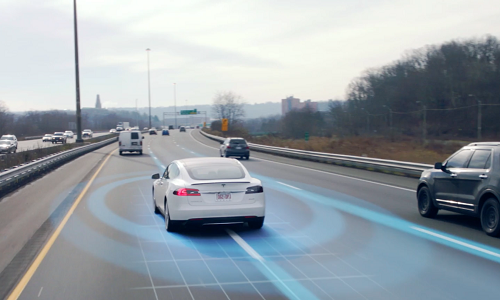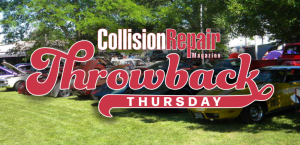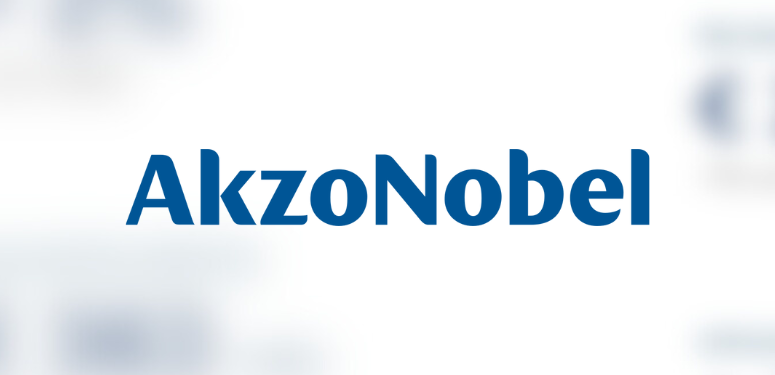Toronto, Ontario — June 11, 2018 — In this weeks AV Report: Calgary gets AV cash, OEMs offer dates on AV launches, Tesla’s Auto Pilot suffers more bad publicity, and much, much more!
A flurry of announcements this week from governments and OEMs suggest some timelines for the emergence of self-driving cars onto North American highways.
One announcement comes from Transport Canada. Last week the organization distributed a press release noting it will provide $2.9 million in funding to advance connectivity and automation in the transportation sector. According to a press release the money will help, “Canadian jurisdictions prepare for connected and automated vehicles… [and] will support research, studies, and technology demonstrations that address technical, policy and regulatory issues related to connected and automated vehicles.” Marc Garneau, Minister of Transport, announced that $390,000 in funding will flow to Calgary as a part of this effort. According to the release the money will be distributed as follows:
The City of Calgary will get $290,000 to establish a connected vehicle test-bed on 16th Avenue.
The Canadian National Institute for the Blind will get $50,000 to study impacts of connected and automated vehicles on pedestrians with sight loss.
The City of Calgary will get another $50,000 to test an automated shuttle connecting light rail transit with the Calgary Zoo and Telus Spark Science Centre.
“Connected and automated vehicle technology has immense potential and will have a tremendous impact on our transportation system. This funding will help our stakeholders improve their understanding of connected and automated vehicle technologies, and how to safely and securely integrate them into our road system in order to capture their many benefits,” Garneau was quoted as saying. The press release notes that Transport Canada, along with Innovation, Science and Economic Development Canada are, “… working in close collaboration and with other federal departments and provincial and territorial governments to develop a coherent national approach that will facilitate the safe introduction of these technologies on Canadian roads.”
The Canadian government also recently announced that it will hold auctions for companies to bid on the wireless spectrum that will allow 5G-level connectivity. The government claims it will hold three auctions by 2021. The winning companies will be required to build ultra-fast 5G networks in that spectrum. Many assume that only when 5G comes into existence will connected cars truly be possible. The high-speeds that 5G wireless allows will see cars to communicate with each other in real-time on the highway. This kind of connectivity will open up all kinds of fascinating possibilities. Some assume 5G-connected cars will share changes in road conditions among all the vehicles in a certain area. Others suggest super-connectivity among vehicles could result in a world where stoplights are no longer needed. Cars arriving at an intersection will communicate with each other and determine in what order the vehicles will move through that intersection, removing the need for lighted signals. https://tgam.ca/2JfW4e
Some are beginning to estimate the dollar amount of opportunities emerging in the AV sector. A report released this past week suggests that advance driver assistance systems (ADAS) are expected to reach a value of $143 billion by 2025. The market for ADAS systems, valued at $25.1 billion in 2016, will grow at a compound annual growth rate of 21.2 percent from 2017 to 2025. According to the report the “tire pressure monitoring system segment” is expected to witness the highest growth rates. https://bit.ly/2JeVNYN
Another story from Alberta this week discusses the plan by the city of Edmonton to install a self-driving shuttle known as the “ELA.” The shuttle will be built by a French company, Easy Mile. The shuttle, the EZ10, will, according to the story, “… seat 12 and will travel at low speeds — roughly 12 km/h — and on separate roadways where there are no other vehicles, bicycles or pedestrians.” According to the media report, “The route in Edmonton will be announced later this summer once it is approved by Alberta Transportation. It should be operational in October.” The Easy Mile shuttle has been, “… tested in 20 countries on four different continents, and is in permanent use in both Singapore and Arlington, Texas,” according to the story. The EasyMile is fully electric and has no steering wheel. It uses 3D mapping and data from four sensors and video cameras to steer itself. The shuttle connects to existing 4G networks, which allows for remote supervision and data monitoring by both Pacific Western Transportation and researchers at the University of Alberta and the University of Calgary, according to the media report. https://bit.ly/2LsjxoR
A couple of major OEMs offered some timelines for the introduction of self-driving features.
Major financial news site Bloomberg reports this week that Volvo assumes driverless vehicles, “… will make up one-third of its deliveries by the middle of the next decade, setting the auto industry’s most ambitious target yet for the new technology… Half of the cars the Swedish company offers will be available through its subscription service, creating links to more than 5 million consumers and generating new sources of revenue.” https://bloom.bg/2DX2IPv
Another story in the tech press notes that Cadillac will start to offer a lightweight, semi-autonomous driving mode on every Cadillac model by 2020. According to the story, “The Super Cruise system is already available today but limited to just the full-size CT6 sedan. General Motors is also announcing today that the SuperCruise system will start hitting other GM brands — such as Chevrolet, GMC, and Buick — after 2020. And then by 2023, an unnamed, high-volume Cadillac crossover will have vehicle-to-everything communication to let it speak to similarly equipped vehicles, infrastructure and other connected devices.” According to the report, “Super Cruise launched earlier this year and only works on expressway in the United States… When active, Super Cruise controls the steering and speed, but again, only on an expressway. This is done through on board sensors and using GPS and mapping data. GM employed Ushr, Inc, a startup in GM Venture’s portfolio, to map 160,000 miles of expressways in the U.S. and Canada. The car company then used Super Cruise-equipped vehicles to test each mile.” Super Cruise is considered to be Cadillac’s answer to Tesla’s Autopilot. But GM has taken a much more conservative, measured and careful approach to the roll out of this technology. Super Cruise only works on freeways. https://tcrn.ch/2sM7bQC
Tesla suffered another bit of bad publicity around its Auto Pilot feature this week. The system is, arguably, lacking in sophistication. Some suggest Tesla CEO, Elon Musk, rushed to market with a product that is dangerous in that itt relies only on sensors and does not involve a LIDAR unit. This week National Transportation Safety Board released its report on a March crash that killed a driver of a Tesla that was in Auto Pilot mode. According to a media story, “The [NTSB] report provides a second-by-second description of the events that preceded [the] collision with a concrete lane divider… The report confirms that Autopilot was engaged ahead of the crash, and it appears to confirm that a navigation mistake by Autopilot contributed to [the drivers] death… Logs recovered by the NTSB show that eight seconds before the crash, the vehicle was following behind another car, traveling at 65mph… Then, seven seconds before the crash, ‘the Tesla began a left steering movement while following a lead vehicle.’ That ‘left steering movement’ carried the vehicle into the ‘gore area’—a triangular area of paved road that separated the highway’s main travel lanes from the diverging exit lane… At four seconds before the crash, the Tesla vehicle was no longer following the car ahead of it. The car’s cruise control was set to 75mph, so it began to accelerate, reaching a speed of 70.8mph just before the crash.” According to the NTSB report there was “no pre-crash braking or evasive steering movement detected.” https://bit.ly/2Lx0XMo





































